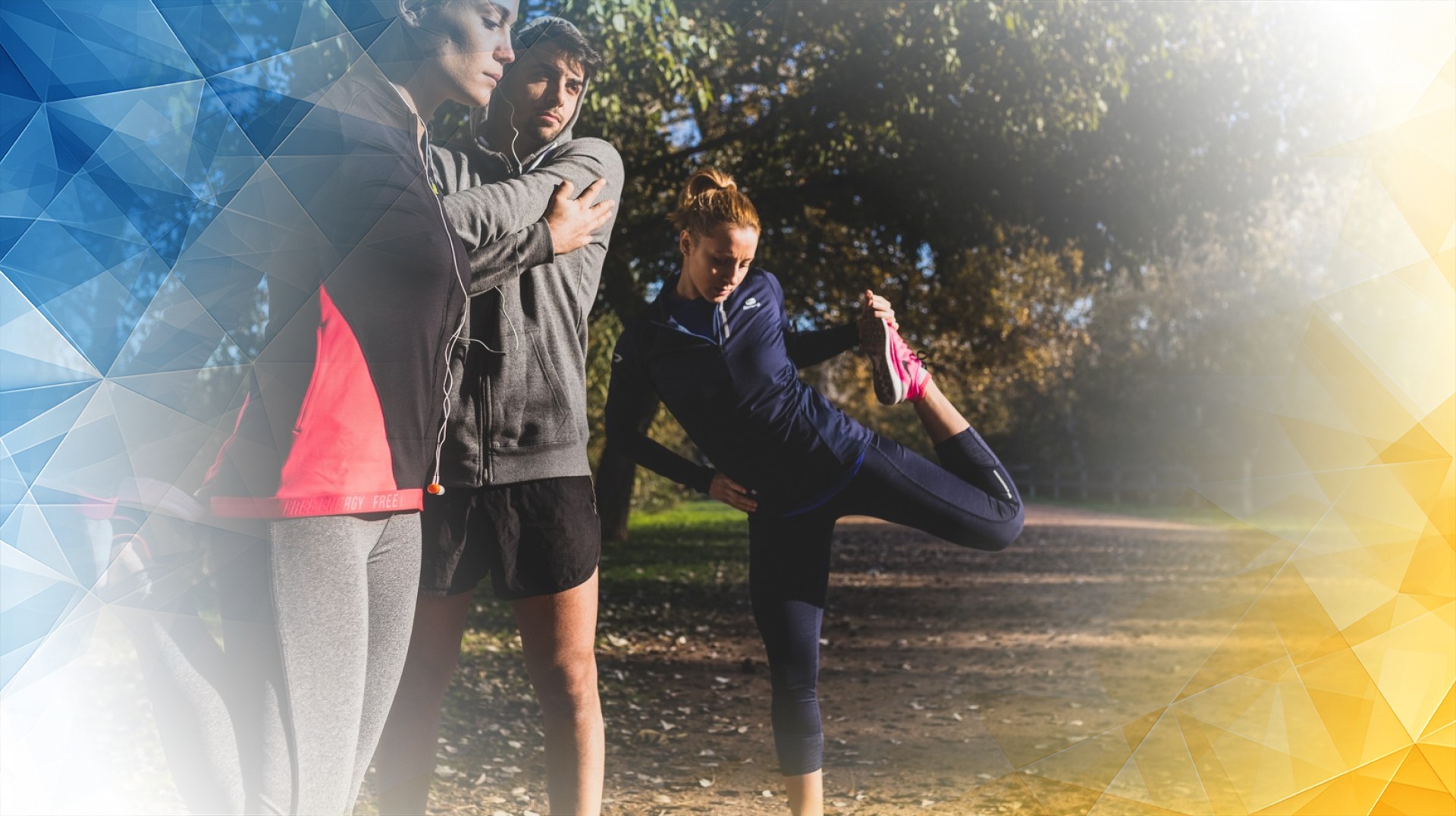



Knee pain is a common problem affecting millions worldwide, turning simple daily activities into painful challenges. In the UK alone, severe or disabling knee pain impacts around 4.5 million people. While many treatments aim to ease the symptoms, the real key to long-term relief lies in understanding why the pain occurs. This is where biomechanics—the science of how movement and forces impact our bodies—plays a crucial role. By examining knee pain from a biomechanical viewpoint, we gain insights into not just the discomfort itself, but the underlying causes. It’s also essential to remember that knee pain isn’t always just about the knee; problems in the lower back, such as lumbar spine issues, can sometimes be the real source, especially in older adults.
What does biomechanics tell us about knee pain ? Essentially, it helps us understand how your knee’s movement and the way forces travel through it can contribute to problems. Factors like bone alignment, muscle strength or weakness, and walking patterns all play a part in how stress is distributed across your knee. If these factors are off, extra wear and tear can develop, leading to ongoing pain. By recognizing these mechanical influences, doctors and patients can move beyond just treating symptoms and start addressing the root causes.
Knee pain is incredibly prevalent and can range from a minor annoyance to a cause of major disability. About a quarter of people over 55 will experience chronic knee pain at some point, most often linked to osteoarthritis. But it’s important to note: not all knee pain comes from primary knee issues. Sometimes, especially in older adults or in cases where knee imaging doesn’t match the symptoms, the source may lie in the spine.
Recent research highlights that chronic knee pain isn’t just about damaged cartilage or inflammation—it’s also about how your knees handle the repetitive forces of daily life. Muscle weakness, joint misalignment, or poor movement patterns can concentrate pressure on specific areas of the knee, speeding up cartilage breakdown and inflammation. In teens and young adults, knee pain is startlingly common as well, affecting as many as one in three at some point. This evidence is shifting the conversation from just treating pain to correcting the underlying mechanics. Clinicians now recommend that if imaging doesn’t explain the pain, a careful examination of the spine and related nerves is in order, since dysfunction here can refer pain to the knees .
Before we dig deeper, here are some key terms to help clarify how biomechanics affects your knees :
Understanding these terms will make it easier to see how mechanical factors play a role in knee health .
Let’s take a closer look at the main biomechanical factors behind chronic knee pain :
It’s also crucial to keep in mind the connection to the spine. For example, issues affecting the L3-4 region of the lumbar spine can cause pain that feels like it’s coming from the knee, even when the knee itself is healthy.
Thanks to modern technology, healthcare professionals have new tools to pinpoint the biomechanical cause of knee pain . Techniques like motion capture analysis, dynamic MRI, and pressure-sensitive walkways enable detailed assessment of how your joints and muscles work during movement. Physical examinations—including checking muscle strength , joint range of motion, and nerve reflexes—help complete the picture. If imaging doesn’t show clear knee problems that match your symptoms, a thorough assessment including the spine is often recommended to rule out other sources.
Here’s the encouraging news: biomechanical problems can often be improved—sometimes even prevented—with the right approach.
By focusing on these evidence-backed strategies, you can not only prevent knee trouble but also boost your overall joint health.
Viewing knee pain through a biomechanical lens transforms how it’s diagnosed and treated. Instead of just managing pain or focusing purely on tissue damage, this approach looks for the root mechanical causes. That means you’re more likely to get a treatment plan that’s tailored to your unique needs—possibly helping you avoid surgery or long-term medication.
Understanding the biomechanical side of knee pain opens the door to smarter, more effective care. While ongoing research is needed to refine these strategies, it’s clear that addressing the mechanical factors at play can make a real difference in how well—and how long—your knees serve you. By paying attention to movement, alignment, and muscle strength, you can take positive steps towards lasting knee health and comfort.
Mehrali, T., & Yunas, I. (2009). Knee Pain. InnovAiT: Education and inspiration for general practice, 2(7), 396-401. https://doi.org/10.1093/innovait/inp002
Lygrisse, K. A., Mont, M. A., & Scuderi, G. R. (2025). Knee Pain Is Not Always the Knee. JBJS Reviews, 13(1). https://doi.org/10.2106/jbjs.rvw.24.00182
Zeller, J. L., Lynm, C., & Glass, R. M. (2007). Knee Pain. JAMA, 297(15), 1740. https://doi.org/10.1001/jama.297.15.1740
All our treatments are selected to help patients achieve the best possible outcomes and return to the quality of life they deserve. Get in touch if you have any questions.
At London Cartilage Clinic, we are constantly staying up-to-date on the latest treatment options for knee injuries and ongoing knee health issues. As a result, our patients have access to the best equipment, techniques, and expertise in the field, whether it’s for cartilage repair, regeneration, or replacement.
For the best in patient care and cartilage knowledge, contact London Cartilage Clinic today.
At London Cartilage Clinic, our team has spent years gaining an in-depth understanding of human biology and the skills necessary to provide a wide range of cartilage treatments. It’s our mission to administer comprehensive care through innovative solutions targeted at key areas, including cartilage injuries. During an initial consultation, one of our medical professionals will establish which path forward is best for you.
Contact us if you have any questions about the various treatment methods on offer.
Legal & Medical Disclaimer
This article is written by an independent contributor and reflects their own views and experience, not necessarily those of londoncartilage.com. It is provided for general information and education only and does not constitute medical advice, diagnosis, or treatment.
Always seek personalised advice from a qualified healthcare professional before making decisions about your health. londoncartilage.com accepts no responsibility for errors, omissions, third-party content, or any loss, damage, or injury arising from reliance on this material. If you believe this article contains inaccurate or infringing content, please contact us at [email protected].